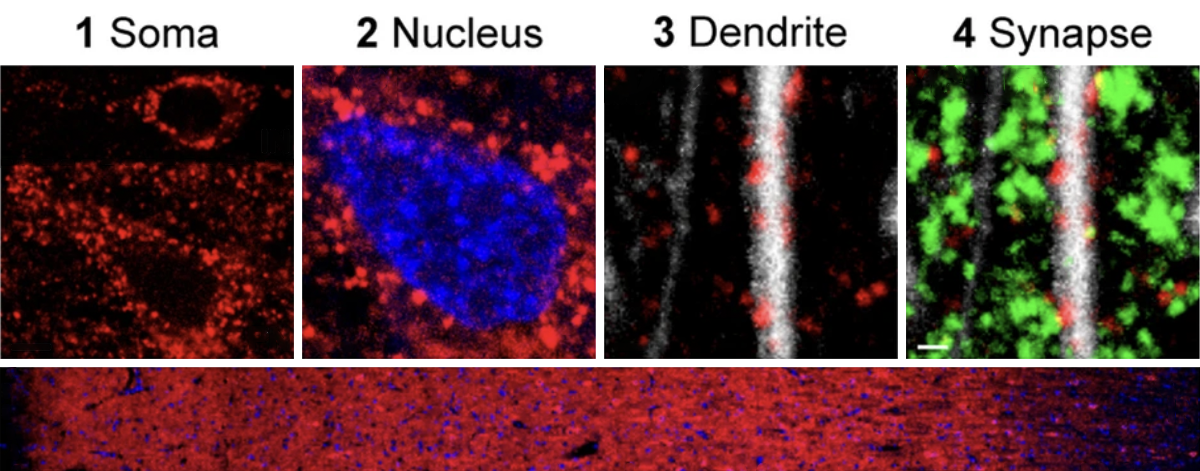- Functional brain imaging may serve to build bridges across neuroscience specialties such as systems, cognitive and clinical neuroscience, three researchers argue. Nature
- Mice missing the FMR1 gene, a model of fragile X syndrome, have elevated levels of tau protein, and inhibiting tau expression prevents autism-like behaviors. Molecular Autism
- In a preprint, researchers describe a high-throughput method for assessing spontaneous mutations in leader sequences of DNA. medRxiv
- The autism-linked gene SYNGAP1 plays a role in cortical neuron development, which is distinct from its role in synaptic function. Nature Neuroscience
- The time signature of white-matter activation in the brain is closely aligned with gray-matter responses, suggesting both provide useful information about brain function — even though white-matter activity is often considered an artifact. PNAS
- Five researchers share their stories about leaving academia and learning what skills are in demand elsewhere. Nature
- Depending on trait severity, autistic children show divergent patterns of functional connectivity in electroencephalograms compared with non-autistic children. Cerebral Cortex
- The overall pattern of SHANK expression in postmortem human brains is generally similar to that of mouse brain — although in humans, the brainstem and thalamus tend to have more SHANK2, and the amygdala less. BMC Biology

Location, location: SHANK2 expression is found in pyramidal cell bodies, along dendrites, and at synapses in postmortem brains, but not in cell nuclei.
- Neuropathologist Manuel Graeber, currently suspended from his University of Sydney position, has plans to create a whistleblower defense fund for academics who face retribution by their institutions. Times Higher Education
- Wait times exceed four months in almost two-thirds of centers conducting autism evaluations, according to a new report sponsored by Cognoa, a company developing AI-powered diagnostic tools. Spectrum reported on questions surrounding Cognoa’s work in 2021. Fierce Healthcare


